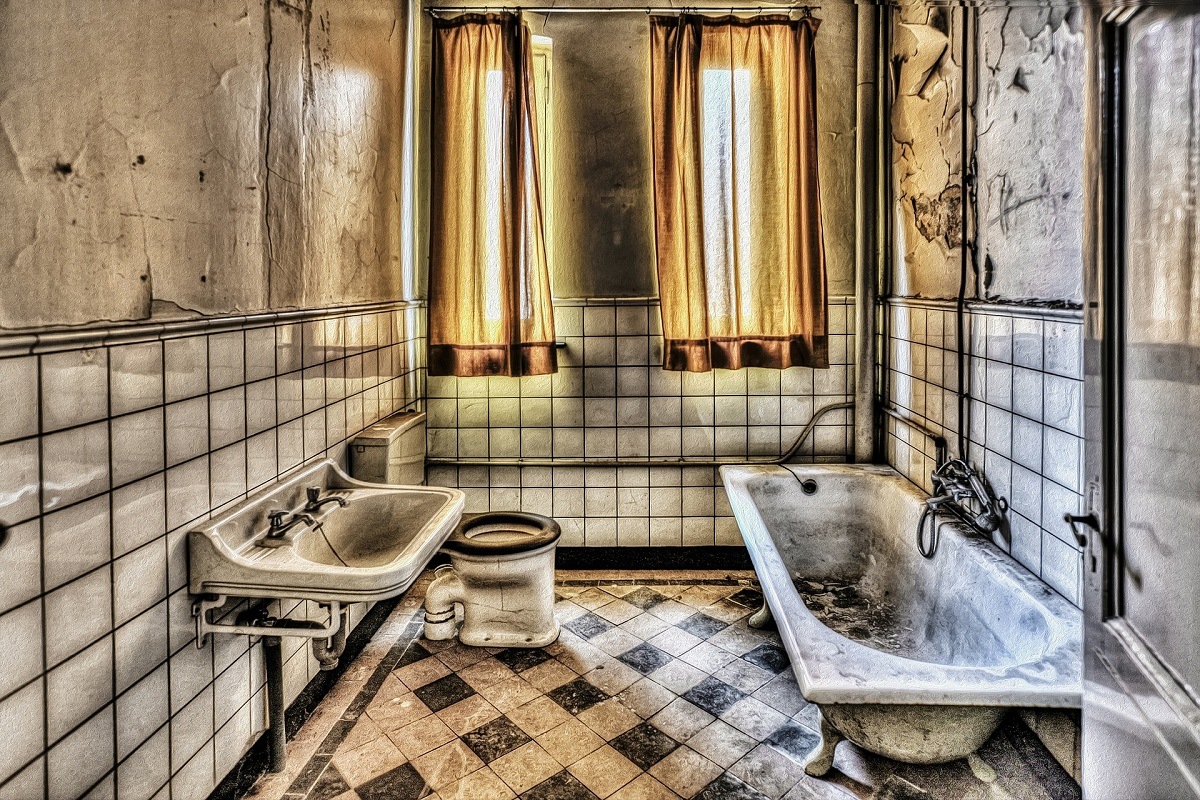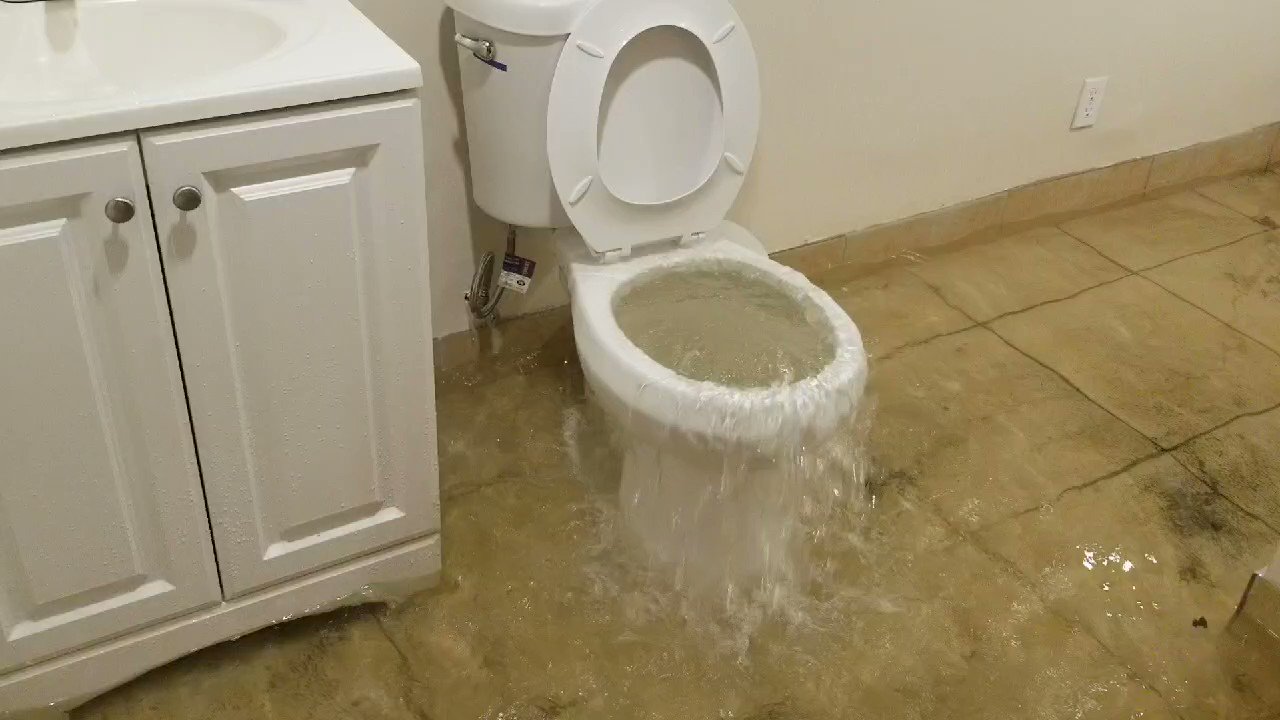What are your thoughts regarding How to Repair and Prevent Bathroom Water Damage??

Water damage often takes place in the washroom as a result of the water made use of daily. Often, the damage could be a little mold and mildew from the shower. Other times, it's large damages on your floor. Whatever it is, it is constantly excellent to understand the cause and prevent it prior to it takes place.
This overview will go through several of the common causes of water damage in the bathroom. We will certainly likewise examine what you can do to stop these reasons from damaging your bathroom. Allow's dive in.
These are the usual reasons you would have water damage in your washrooms and also exactly how you can spot them:
Excess Dampness
It's great to have that long shower and also dash water while you hem and haw and imitate you're doing, but occasionally these acts might cause water damage to your washroom.
Sprinkling water around can cause water to head to corners and develop molds. Enjoy how you spread out excess wetness around, and also when you do it, clean it up to avoid damage.
Splits in your wall floor tiles
Restroom wall surface ceramic tiles have actually been specifically designed for that function. They safeguard the wall surface from moisture from individuals taking showers. However, they are not undestroyable.
Sometimes, your shower room wall ceramic tiles split as well as allow some wetness to seep into the wall surface. This could potentially damage the wall if you do not take any kind of activity. If you notice a fracture on your wall surface tiles, fix it quickly. Don't wait up until it damages your wall.
Overflowing toilets as well as sinks
As human beings, sometimes we make errors that might create some water damage in the restroom. For instance, leaving your sink faucet on can trigger overruning and also damage to other parts of the shower room with dampness.
Also, a defective bathroom can create overflowing. For instance, a busted commode handle or other parts of the cistern. When this occurs, it can harm the flooring.
As soon as you discover an overruning sink or commode, call a plumber to help handle it right away.
Ruptured or Dripping Pipelines
There are several pipes carrying water to different parts of your restroom. Some pipes take water to the toilet, the sink, the taps, the shower, and numerous other locations. They crisscross the tiny location of the restroom.
Once in a while, these pipes could get rustic and also ruptured. Other times, human action could cause them to leak. When this happens, you'll find water in the corners of your bathroom or on the wall surface.
To spot this, watch out for bubbling walls, mold and mildews, or mold. Call a specialist emergency situation plumbing technician to repair this when it occurs.
Roofing system Leaks
Often, the issue of water damage to the restroom might not originate from the washroom. As an example, a roofing leak could create damages to the washroom ceiling. You can identify the damage done by taking a look at the water stains on the ceiling.
If you locate water discolorations on your ceiling, inspect the roofing system to see if it's harmed. After that, call a specialist to assist solve the concern.
Verdict
Water damage to your shower room can be bothersome. However, you can manage it if you stop some of the reasons stated in this guide. Call a professional emergency situation plumbing if you notice any kind of serious damages.
How to Prevent Water Damage in Your Bathroom?
Water damage repair is an expensive, meticulous, and lengthy process. Unfortunately, bathrooms are the most susceptible rooms to water damage due to toilets, showers, and sinks. Pipes and fixtures wear out over time and are not immune to damage. But all is not lost, as there are ways to prevent water damage from occurring in your bathroom.
Check Your Plumbing
Nothing lasts forever, especially pipes, which can rust and begin leaking over time. You should periodically conduct pipe inspections and pay attention for any musty smells or water stains that may indicate you need water damage repair. Here are some things to check:
Frequently test valves for your toilet, shower, and sink to ensure they are properly working. Check faucet supply lines hidden under vanities and replace when needed. Replace cracked or deteriorating caulking along sinks, tubs, and showers. If you notice a clog in your sink, call in a professional. Since you can’t check the pipes in the wall, keep an eye out for stains, drywall bubbling, musty smells, and excess moisture; if the bathroom is on a second level, check the ceiling of the room directly below for these signs. Don’t Overwork Your Toilet
One of the most common reasons bathrooms need water damage repair is due to overflowing toilets. Save yourself the hassle of cleanup by being mindful and not pushing your toilet to extreme limits. If you have young children, it is especially important to keep an eye on them when they are in the bathroom and to teach them how to avoid clogging the toilet. Here are some more tips to help prevent your toilet from overflowing:
If you have a septic tank, only use septic-safe toilet paper Do not flush anything down the toilet besides toilet paper; items like diapers and sanitary napkins will clog the piping Pay attention to your toilet’s water level: If it’s low, it could mean it is partially clogged or that there is a crack in the toilet bowl https://www.alure.com/home-improvements-blog/resources/how-to-prevent-water-damage-in-your-bathroom

As a devoted person who reads about How to Repair and Prevent Bathroom Water Damage?, I figured sharing that chunk was a great idea. Sharing is nice. Helping others is fun. We value reading our article about How to Repair and Prevent Bathroom Water Damage?.
View More